France June 2016 - Arc De Triumphe
|
|
Well, of course, any first time trip to Paris requires a visit to the Arc De Triumphe.
The massive arch sits on an island surrounded by a four-lane rotary. Here, Lynnette is wondering how we get over there without getting creamed by a car?
|
| |
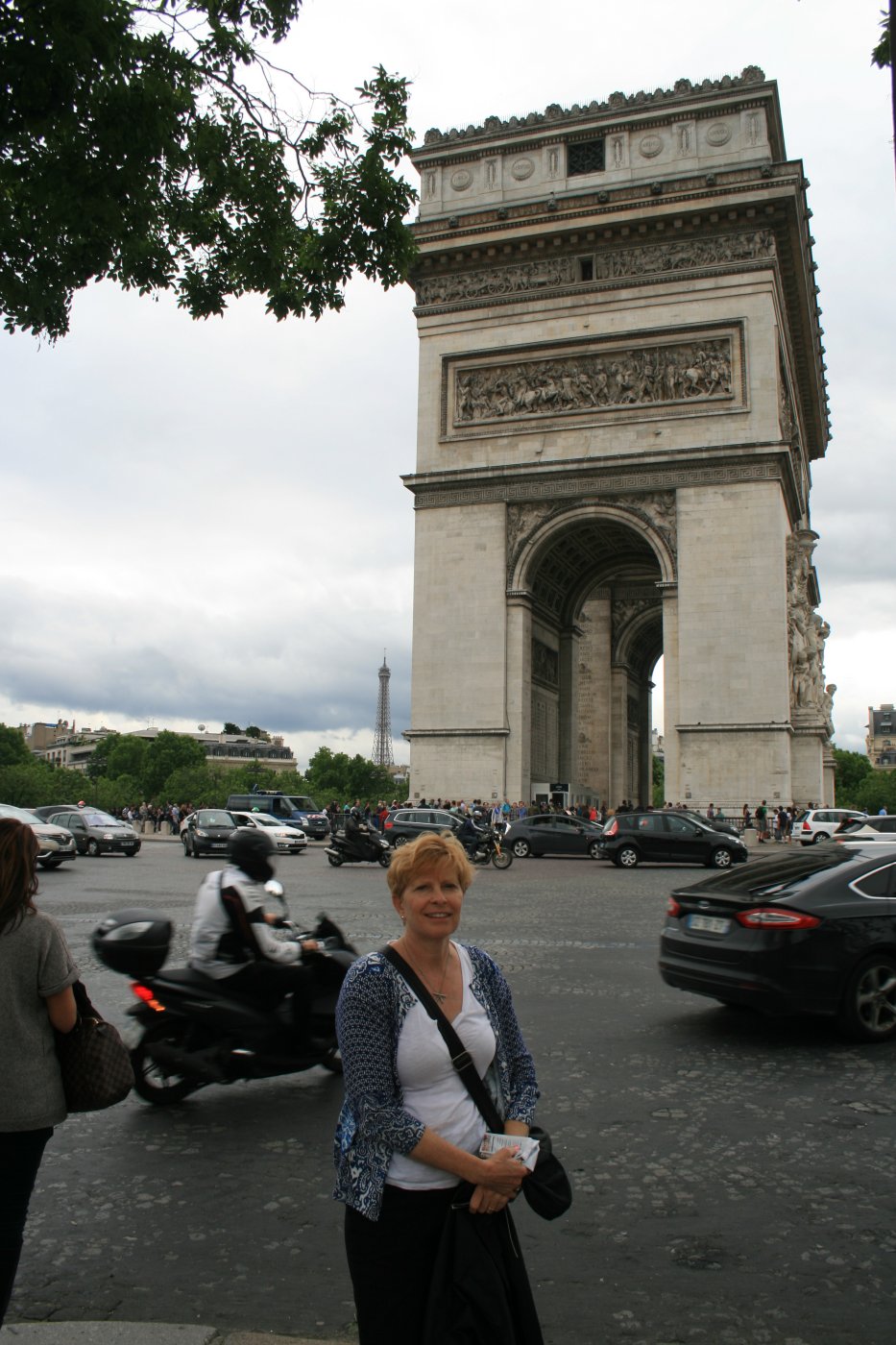 |
|
|
Fortunately, they have a pedestrian tunnel!
|
| |
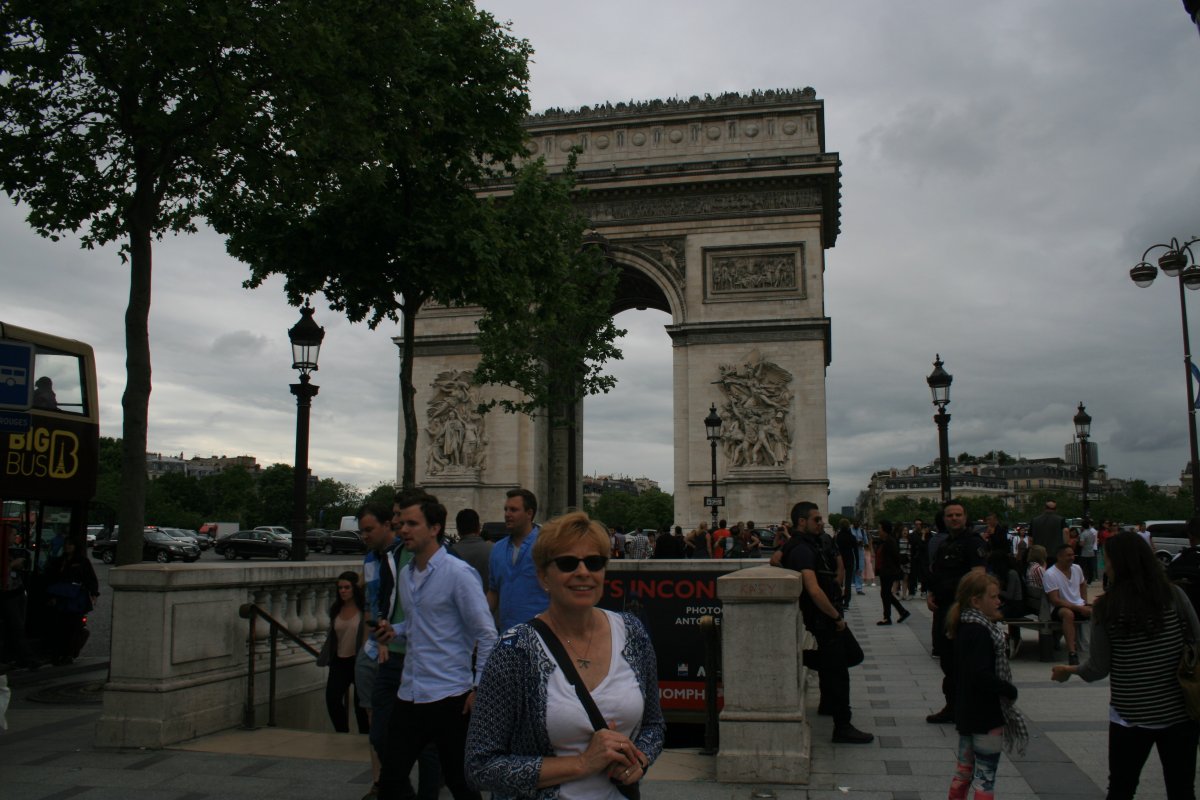 |
|
| We made it to the island. Looking east southeast down the famous Champs-Élysées. The arch is at its western end. |
| |
 |
|
| I have been here before, back in April 1973, when my parents and my sister and I flew over here -- on military space available transportation, I think -- 43 years ago! Here is my Mom, sister Susan and Dad in front of the Arch. I must have taken the picture. I wonder what kind of camera it was? |
| |
 |
|
|
The arch was commissioned by Napoleon in 1806, shortly after his great victory at Austerlitz. It took 30 years to finish the Arc de Triomphe, and no wonder: it's incredibly elaborate. Relief sculptures at the base of each of the four pillars show four victories and war scenes; the top of the arch has the names of major successes during the Revolutionary and Napoleonic periods.
The Arc de Triomphe wasn't completed until 1836, 15 years after Napoleon's death, so he never had the chance to see the final product.
When Napoleon abdicated in 1814, construction on the Arc de Triomphe stopped for a few years. It resumed in 1826. Although he had already been dead nearly 20 years, Napoleon finally got to pass through the completed Arch in 1840—when his body was moved to its final resting place.
|
| |
 |
|
|
The Arc de Triomphe honours those who fought and died for France in the French Revolutionary and Napoleonic Wars, with the names of all French victories and generals inscribed on its inner and outer surfaces.
On the inner façades of the small arches are engraved the names of the military leaders of the French Revolution and Empire. The names of those who died on the battlefield are underlined.
|
| |
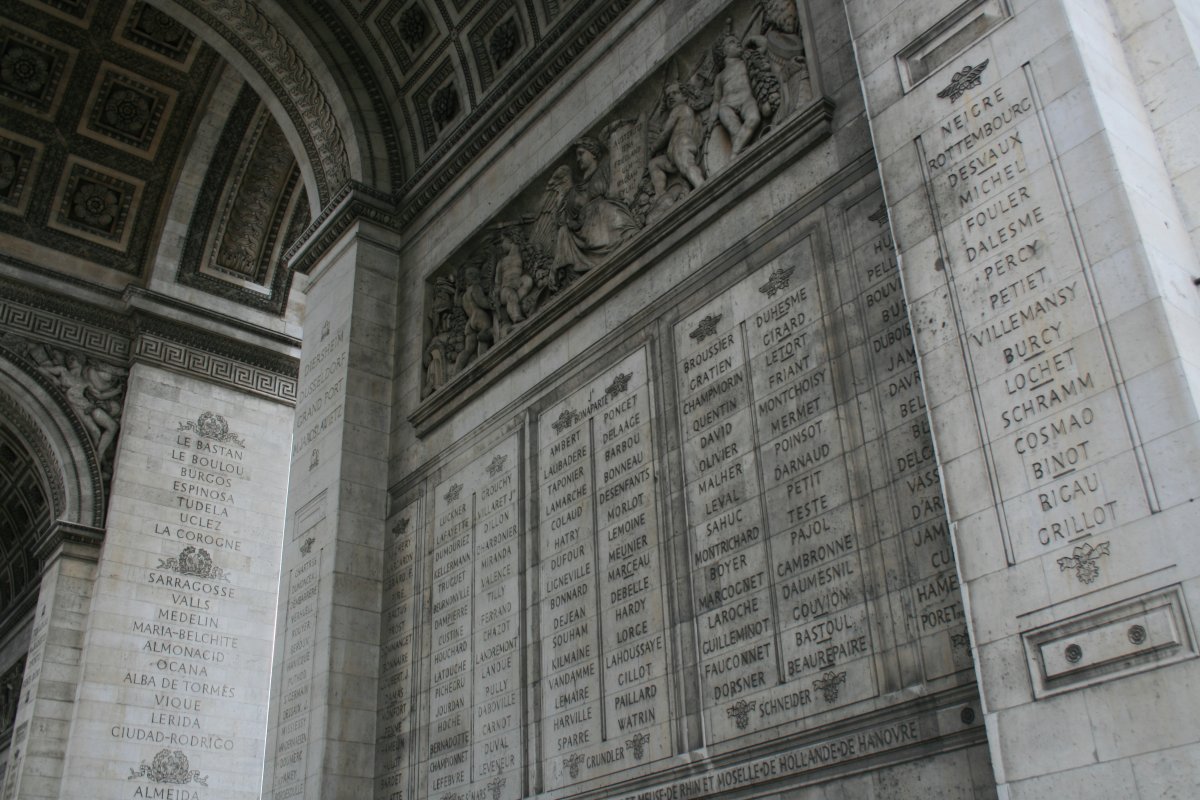 |
|
| The Tomb of the Unknown Soldier from World War I. |
| |
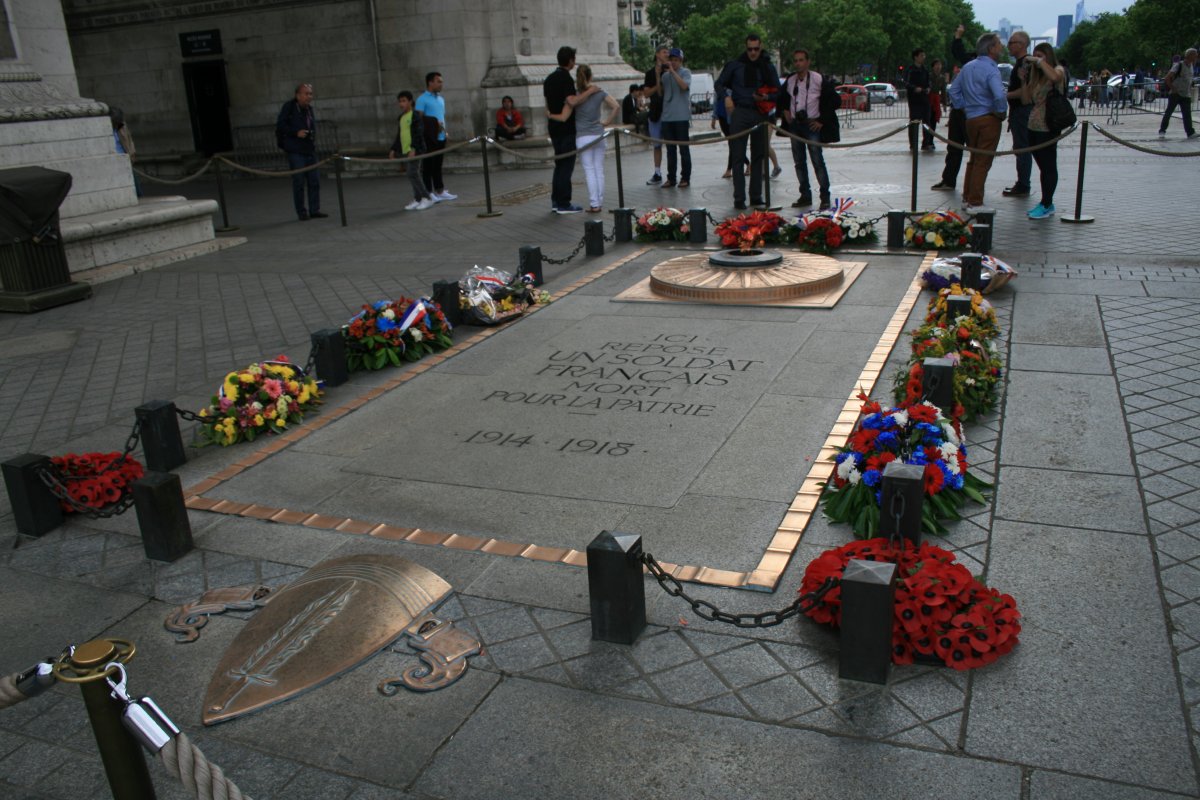 |
|
|
Close-up of one of the four main sculptural groups on each of the Arc's pillars.
This sculpture features Napoleon, of course, being crowned by the goddess of Victory.
|
| |
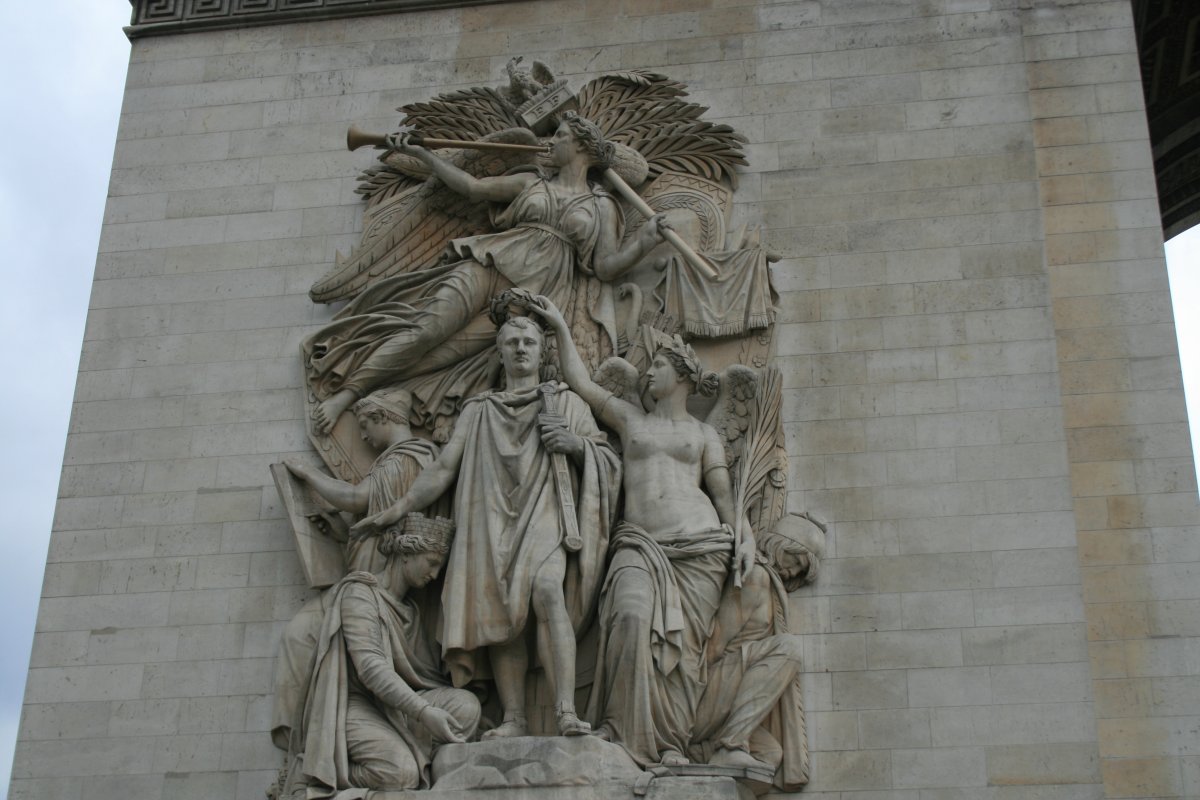 |
|
|
The arch is massive close-up. This is the south facade.
The sculpture on the right is the Le Départ de 1792 (or La Marseillaise), by François Rude. The sculptural group celebrates the cause of the French First Republic during the 10 August uprising. Above the volunteers is the winged personification of Liberty.
The relief at top righ is Les funérailles du général Marceau (General Marceau's burial), by P. H. Lamaire. Marceau was a French general of the Revolutionary Wars. Marceau fought in the desperate Battle of Limburg on the Lahn River (16–19 September 1796). While conducting a successful rear guard action near Altenkirchen on 19 September, he received a mortal wound. He died two days later in the early morning, aged only twenty-seven. |
| |
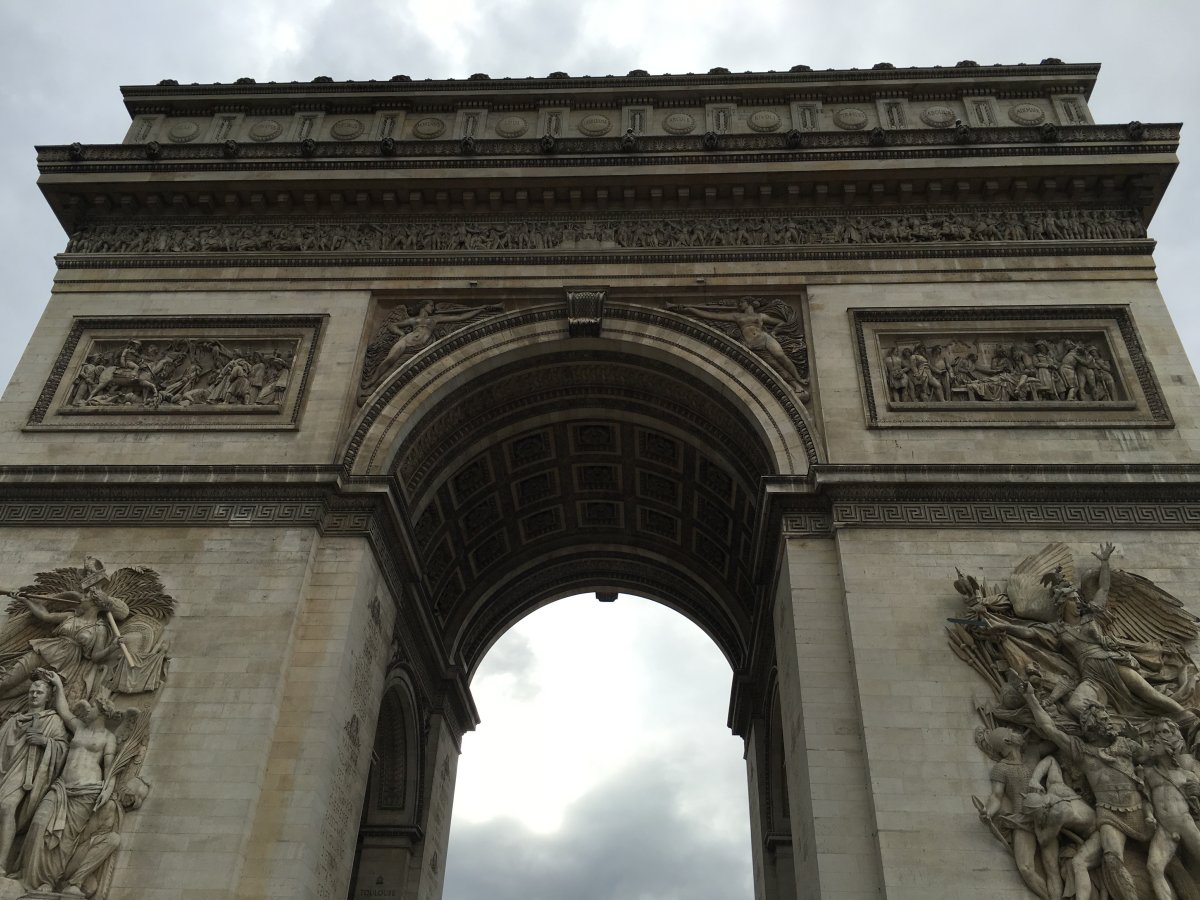 |
|
|
The sculpture on the left is Le Triomphe de 1810, by Jean-Pierre Cortot which celebrates the Treaty of Schönbrunn. This group features Napoleon, crowned by the goddess of Victory.
The top relief shows La bataille d'Aboukir (The Battle of Aboukir), by Bernard Seurre, The Battle of Abukir (or Aboukir) was a battle in which Napoleon Bonaparte defeated Seid Mustafa Pasha's Ottoman army on July 25, 1799, during the French campaign in Egypt.
|
| |
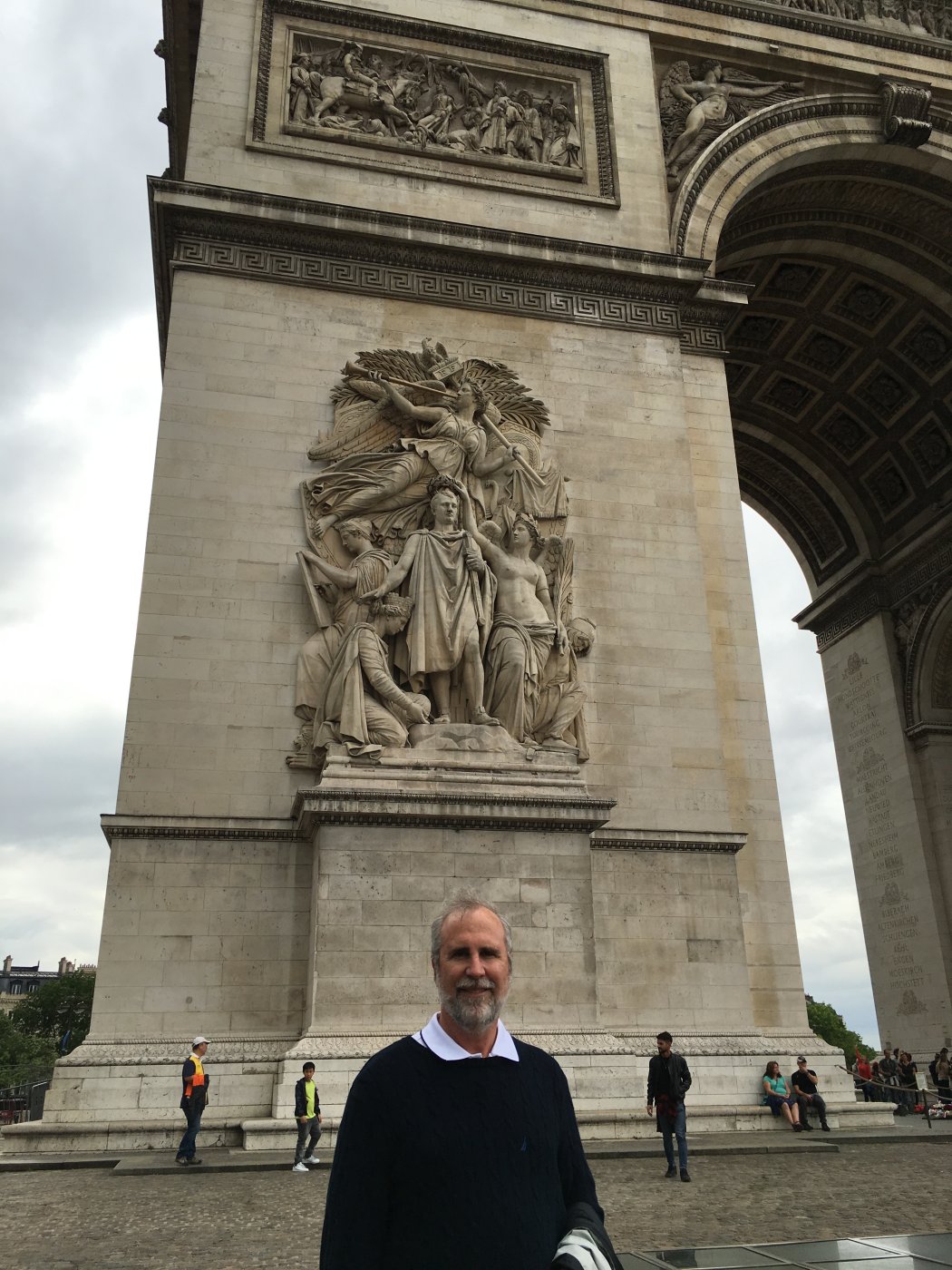 |
|
|
Twelve boulevards converge on the Arc de Triomphe.
|
| |
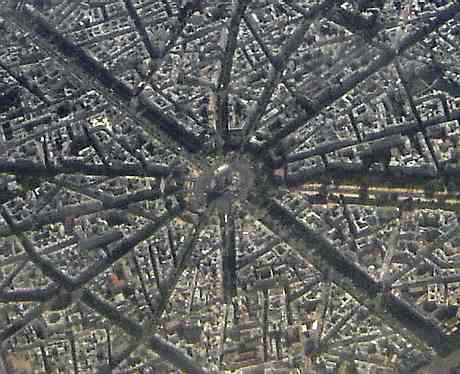 |
|
|
We climbed the 284 steps to the observation deck at the top. It's 165 feet tall.
There is Sacre-Coeur again, a little closer this time, in better weather.
|
| |
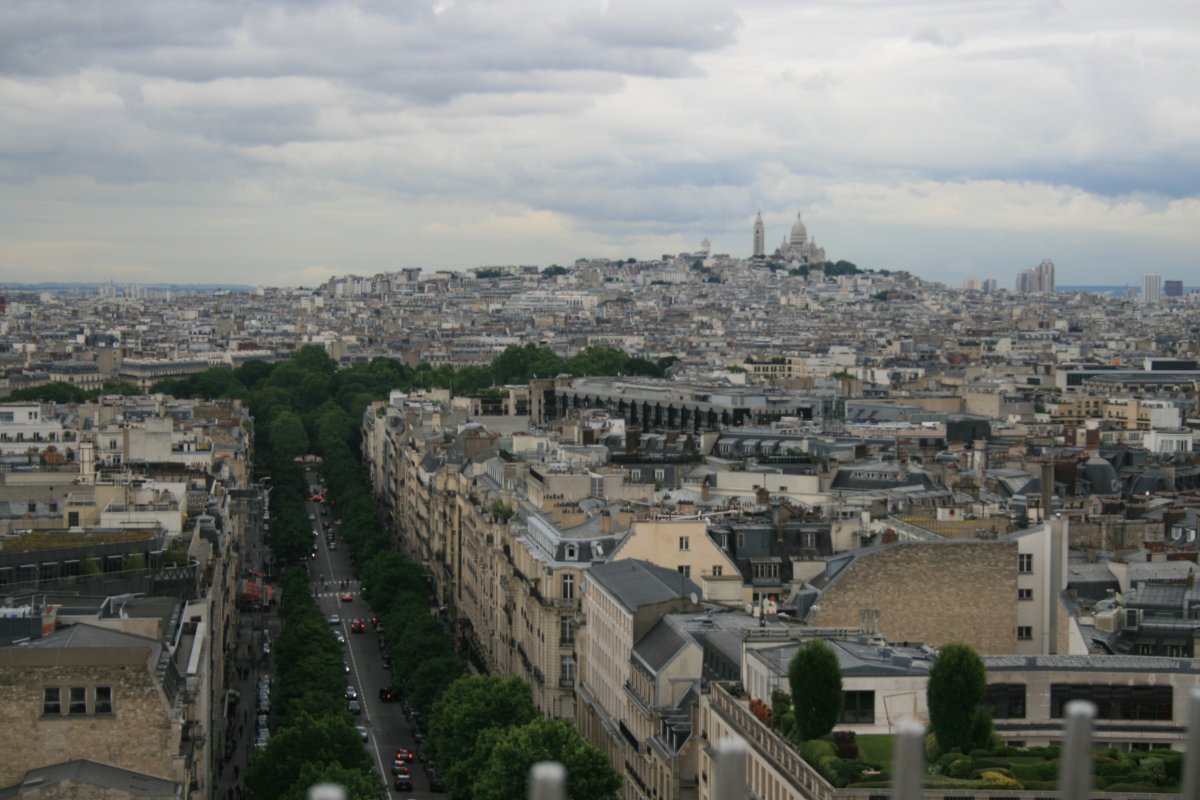 |
|
|
On September 15, 1991, a single-engine stunt plane flew under the splayed iron feet of the Eiffel Tower Sunday morning, buzzed the Champs Elysees several times, then flew under the Arc de Triomphe.
|
| |
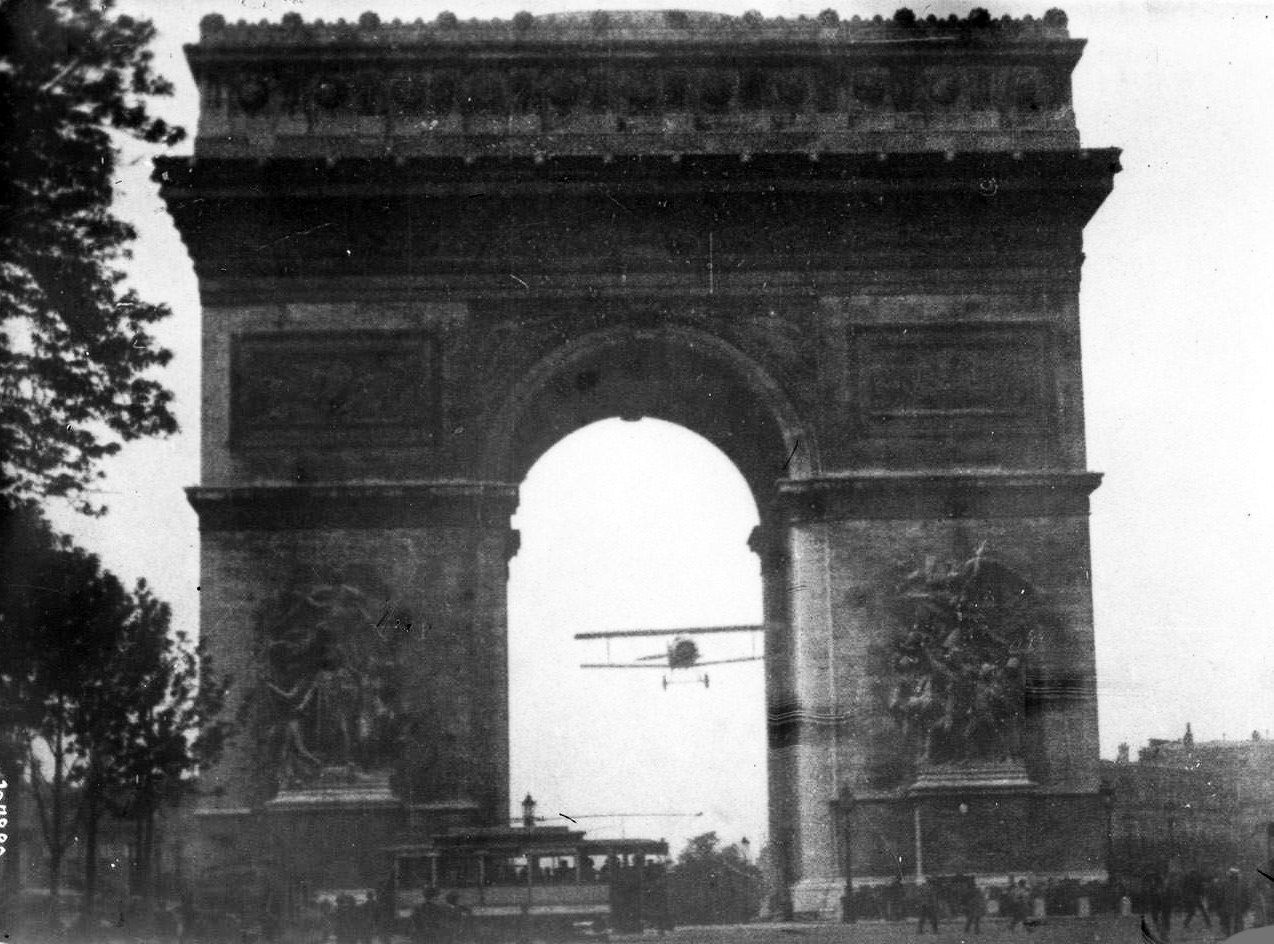 |
|
| Looking west northwest up the Avenue de la Grande-Armee. In the distance is Grade Arche de la Defense. I believe that area of Paris is the business district. The company I work for has an office there, or did. I went there once. |
| |
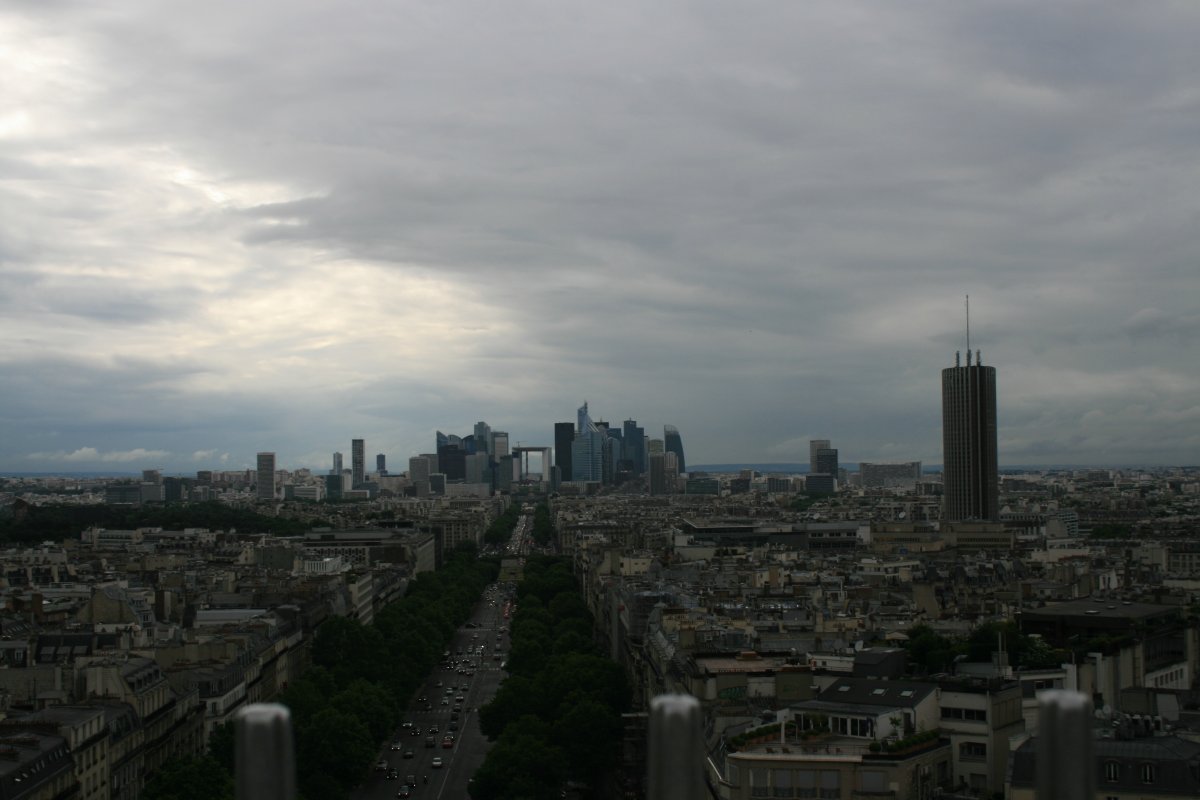 |
|
| The Arch is due north and not all that far from the Eiffel Tower. |
| |
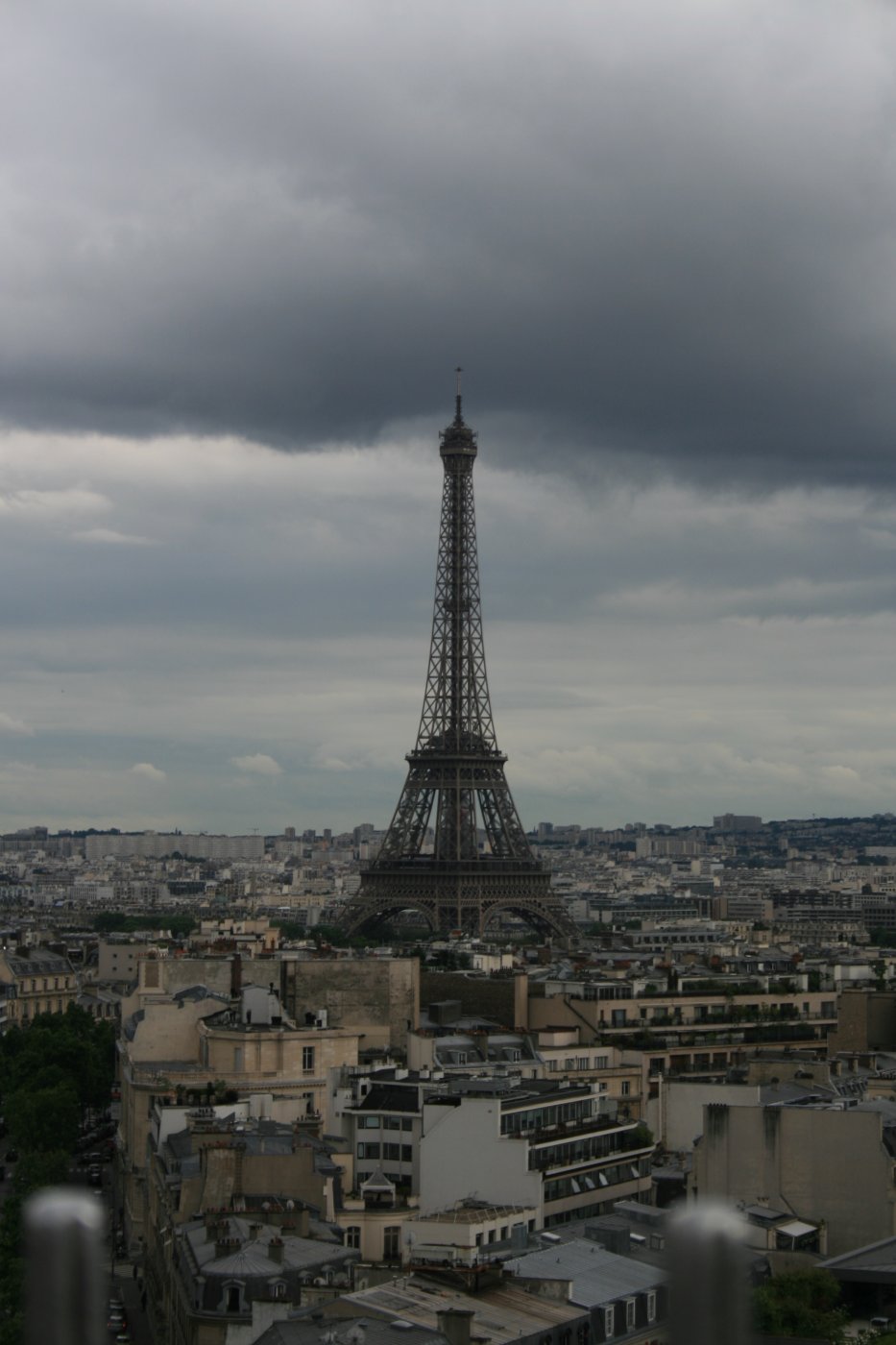 |
|
| A balloon in the distance. Paris is where the first ballon flight in history took place. |
| |
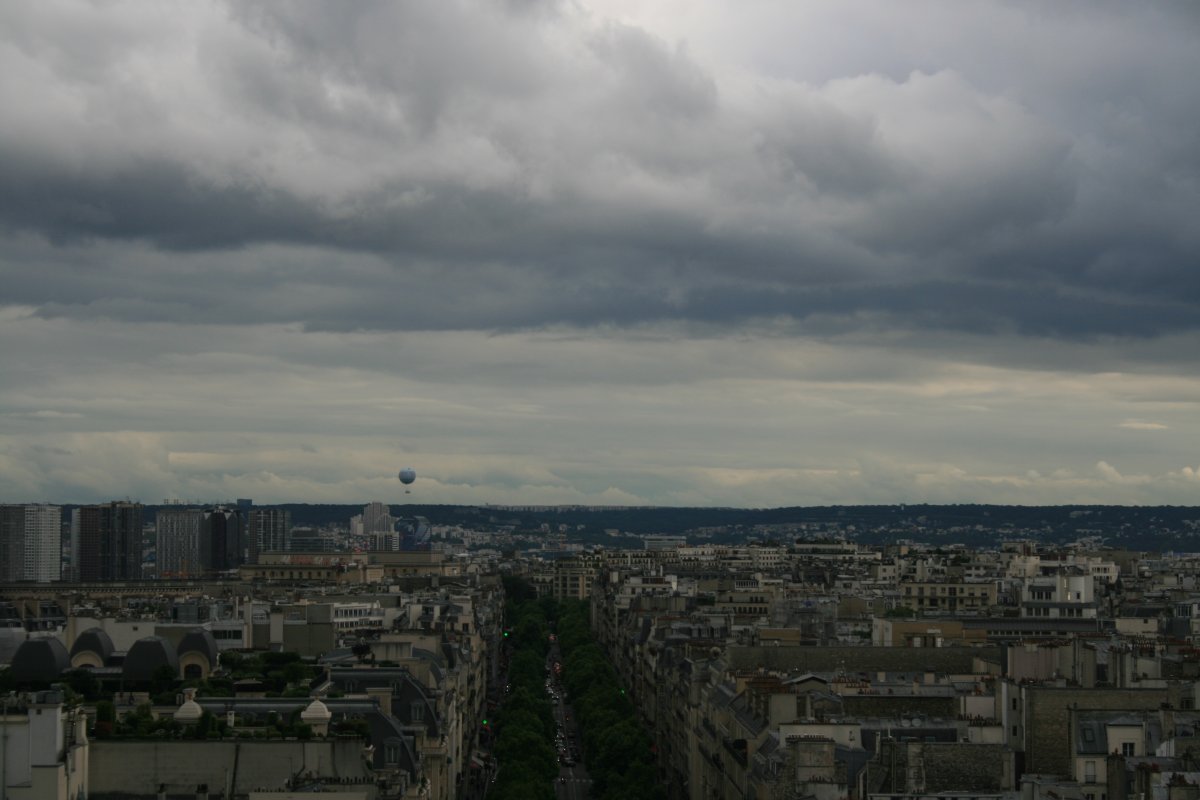 |
|
|
Tourists like ourselves on top of the observation deck.
|
| |
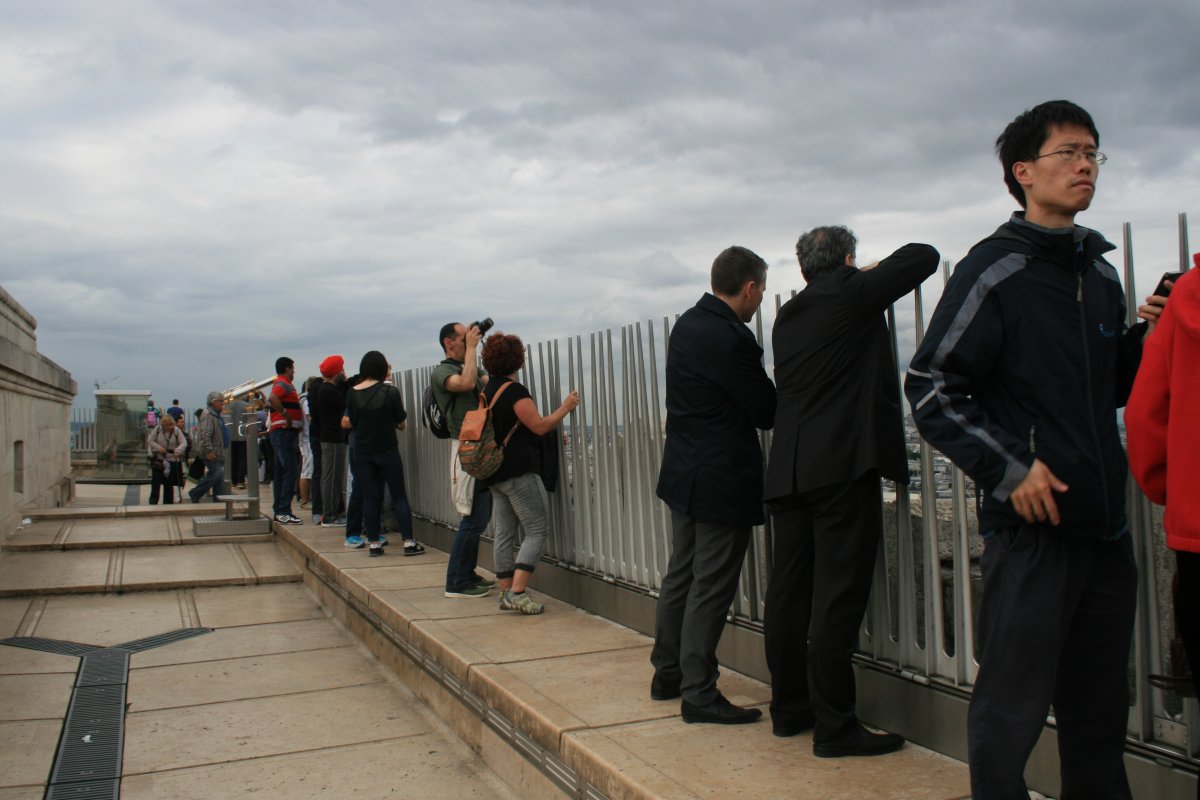 |
|
| |
| |
 |
|
|
|
| |
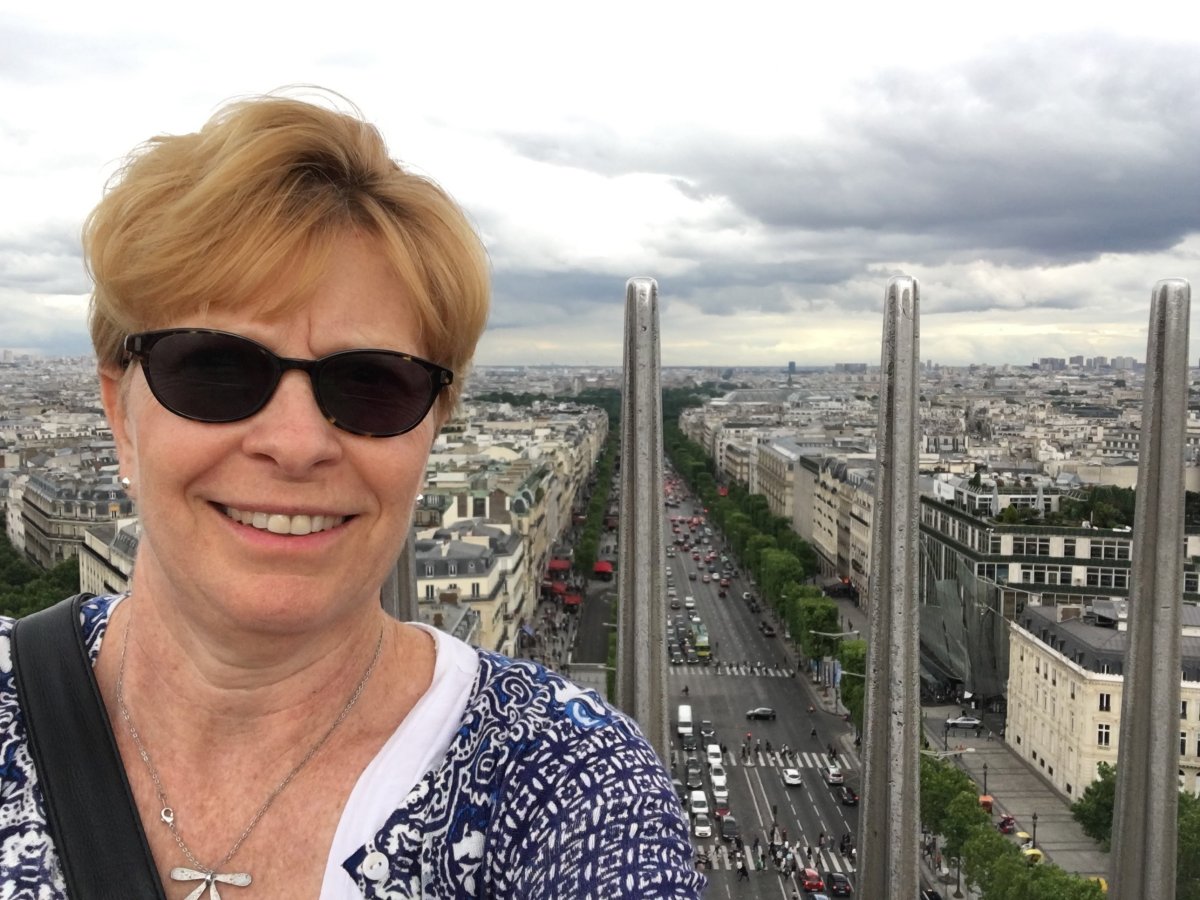 |
|
| |
| |
 |
|
| We walked down the Champs-Elysees and had dinner at a neat Chinese restaurant. |
| |
 |
|
| This Choi pond was right by my seat. |
| |
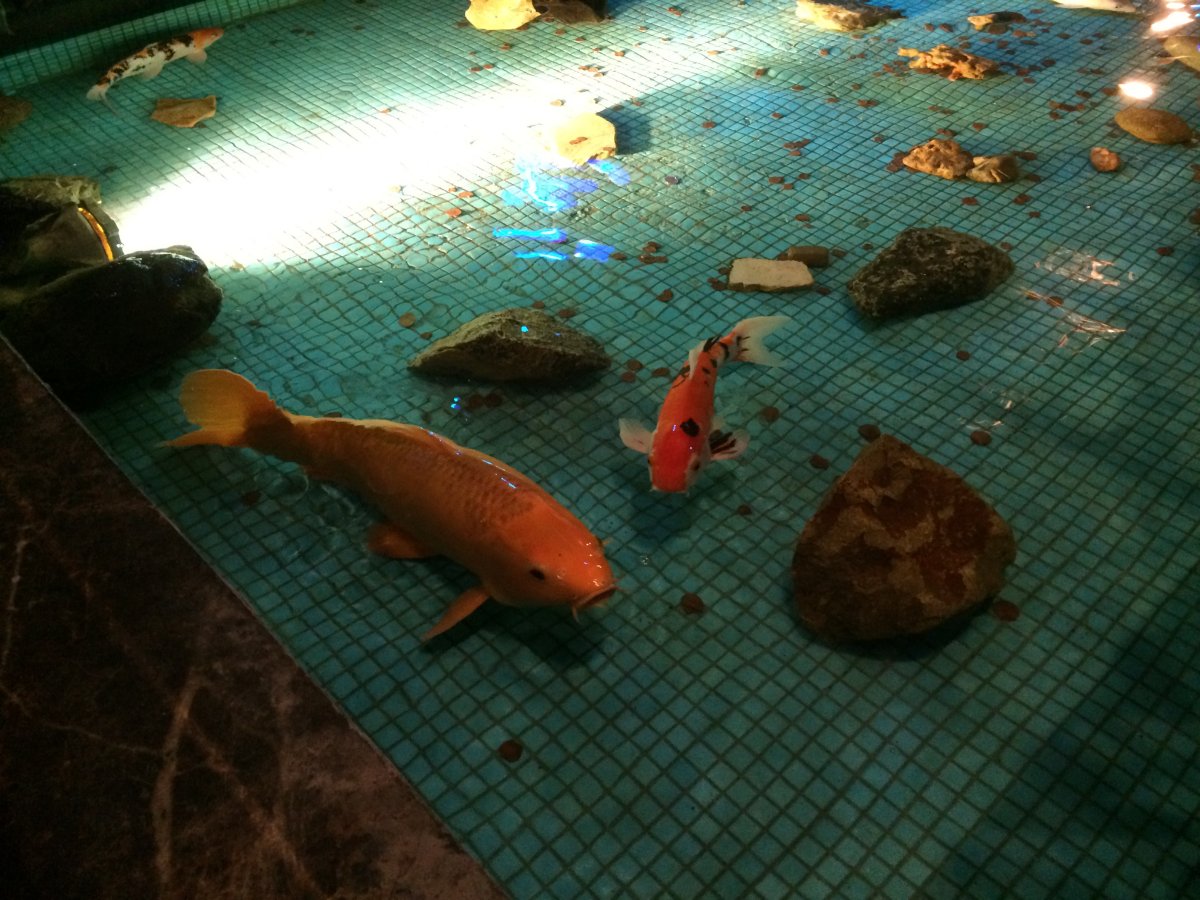 |
|
|
The Choi fish were very interested in my dinner.
|
| |
 |
|
| |
| |
|
|
|
|
|
|






















